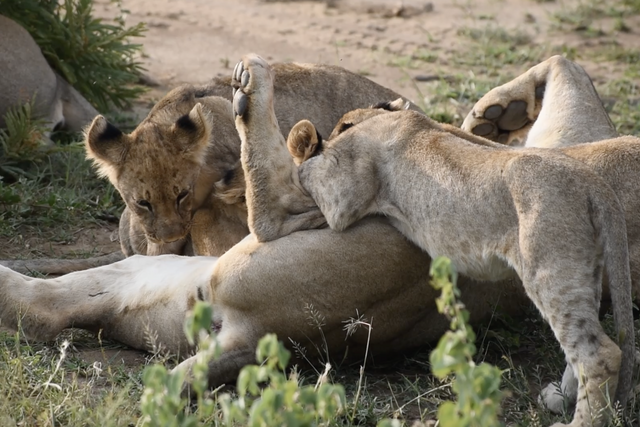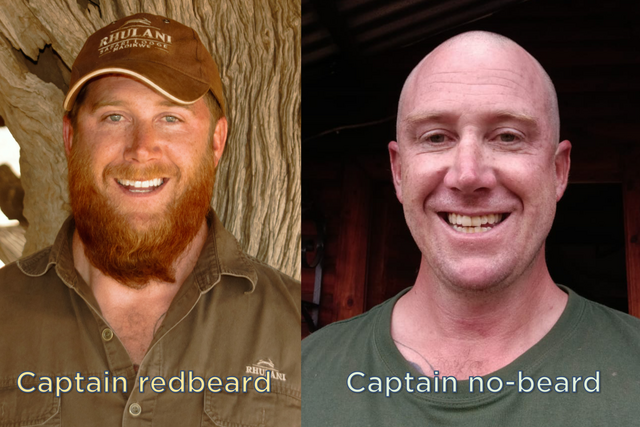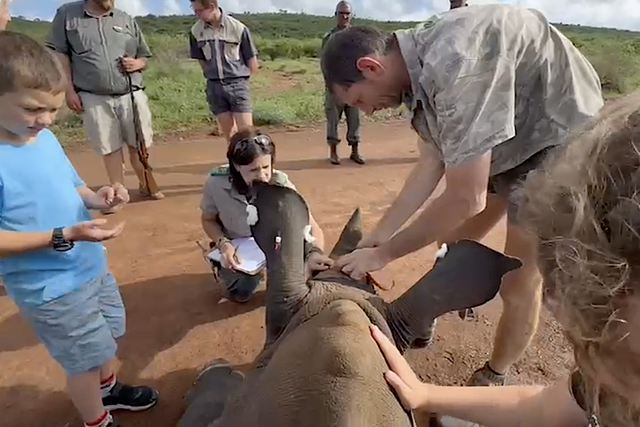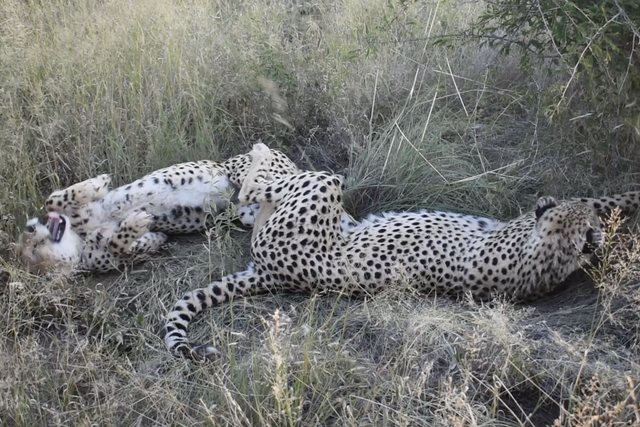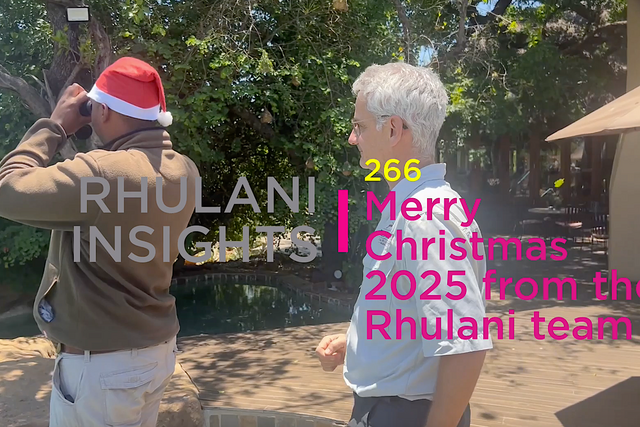Rhino notching: every guest had a role to play
Our guests will certainly remember the morning of Tuesday, 6 May, for a long time. Instead of the usual early-morning game drive, we surprised them with an exceptional opportunity to gain insight into one specific conservation activity: rhino notching.
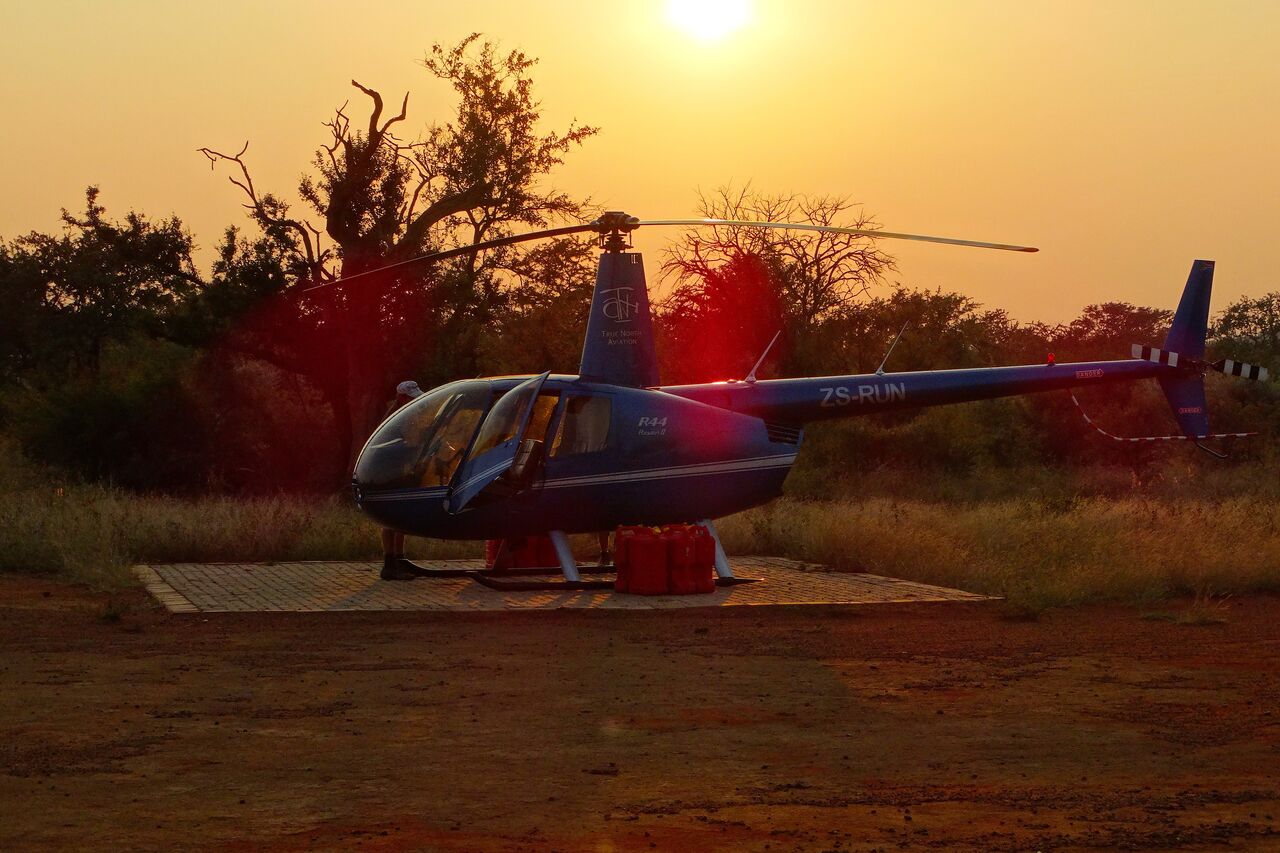
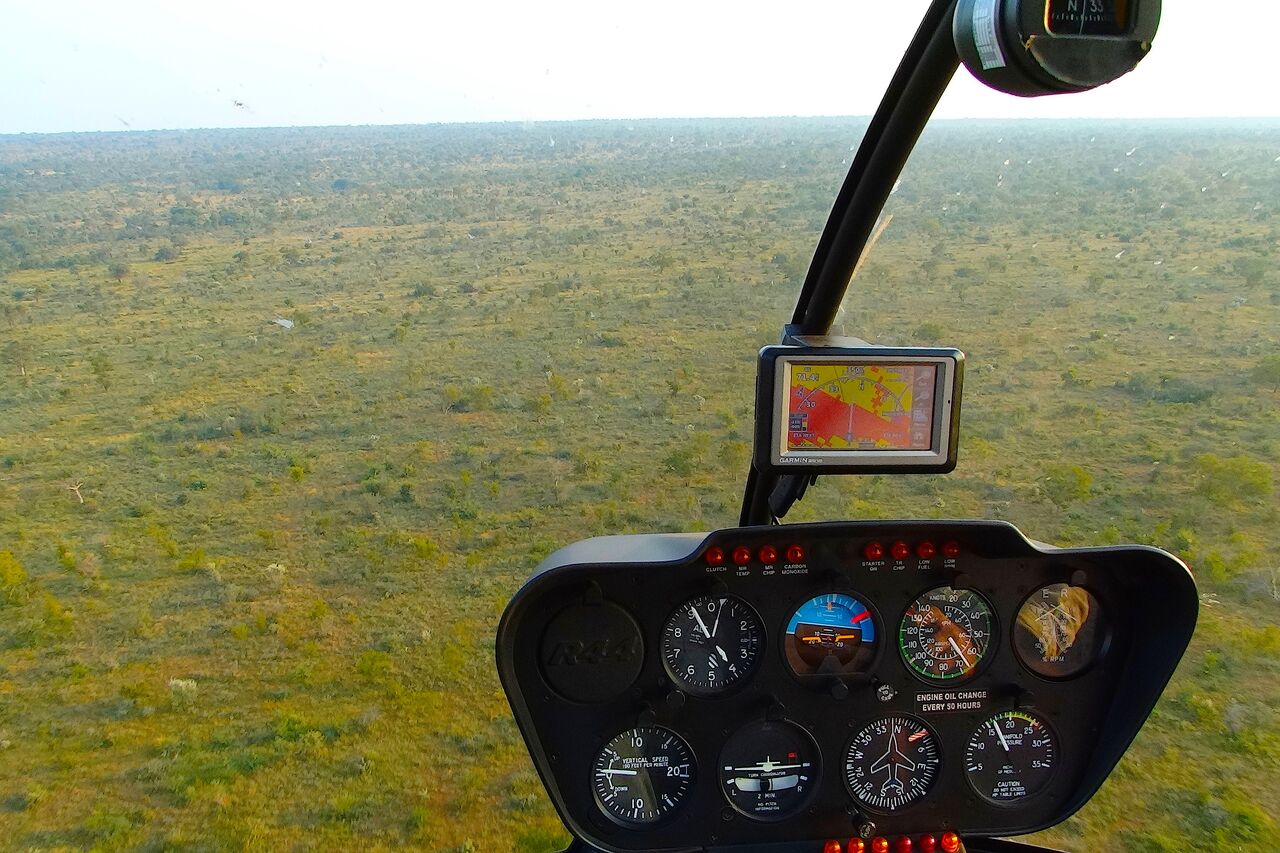
What is rhino notching? Well, it’s a form of identification. Like in all other reserves in South Africa, Madikwe’s rhinos are given specific markings on their ears, for easy identification and monitoring.
Carlien Esterhuizen, field ecologist in Madikwe, explained this process in detail to us when we met her at the reserve’s western airstrip. She highlighted the importance of this activity in our efforts to give our rhinos a safe home, and to protect them from poachers.
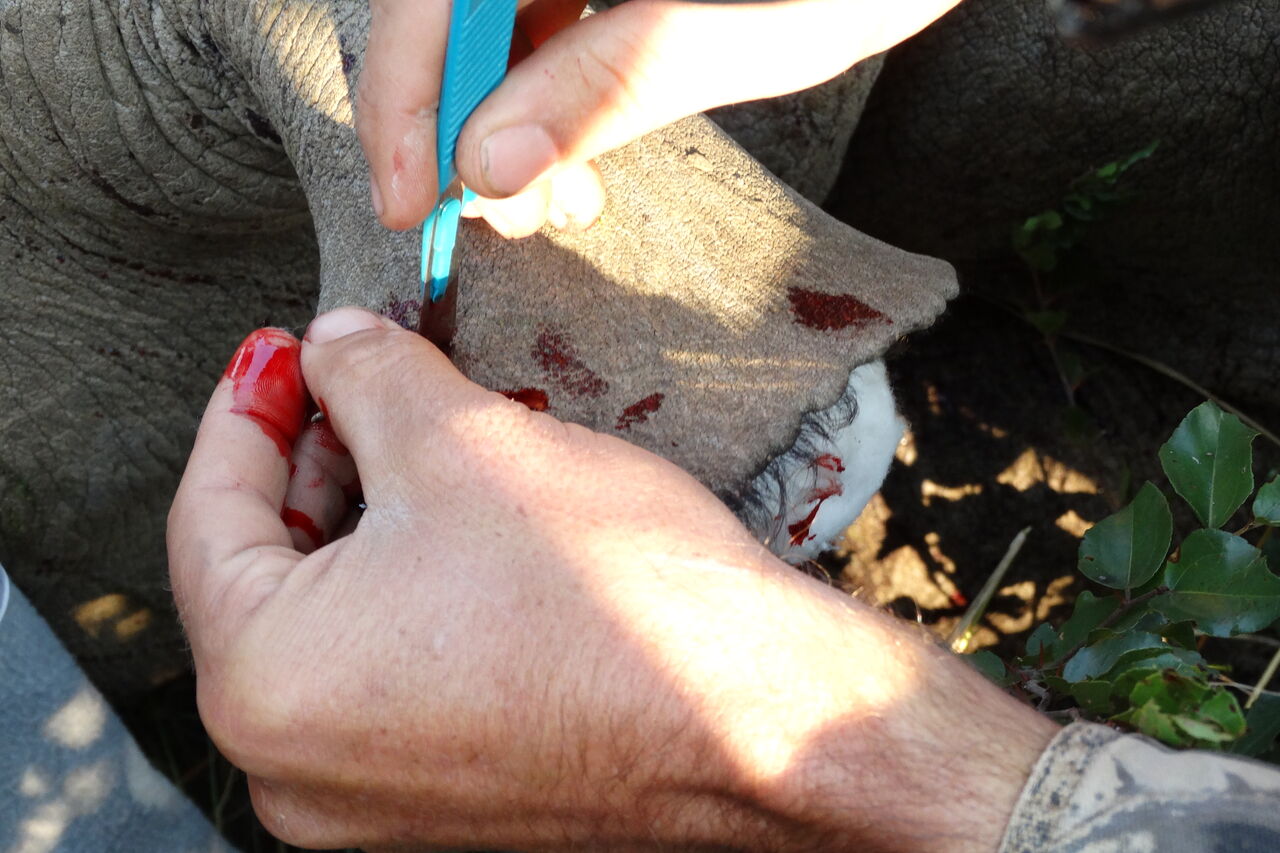
Tragically, the statistics for rhino killings – for their horns, which are worth more than gold – are steadily increasing. Madikwe has introduced several countermeasures, and is an example of a successful strategy against illegal poaching activities.
Madikwe is a successful reserve, which is now a model that has inspired South African conservation.Carlien Esterhuizen, field ecologist
But the goal of this day was not just to strengthen awareness and convey theories. We got down to action. The darting of a small, three-year-old black rhino, with a precise shot from the air, was almost movie-like. Once this animal was finally sleeping peacefully in the grass, each of our guests had a role to play. The dimensions of the animal had to be precisely measured, the blood pressure was controlled, and our guest John Pickering was commissioned to drill a hole in the horn, to then insert a microchip.
All this took place in the wild, with a wild animal that startled us with a snort from time to time.The main part of the notching procedure was completed by the veterinarian. We felt a bit sorry for our little rhino, who now has the name Jacques, when his ears were cropped.
But the operation was soon over, and Jacques woke up and found his mother again. At that moment, we were already in our car and at a safe distance; although we love our animals, we do not forget that a black rhino is one of the most dangerous land animals of all.
Please watch our video of the operation.
Rhulani will continue to support conservation activities such as this, and involve our guests wherever possible. If you, as an individual guest or a group, would like Rhulani to arrange conservation activities during your stay, there are many opportunities – simply contact our front of house, and you will be assisted.
